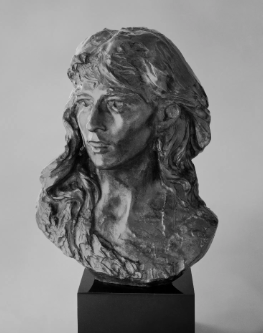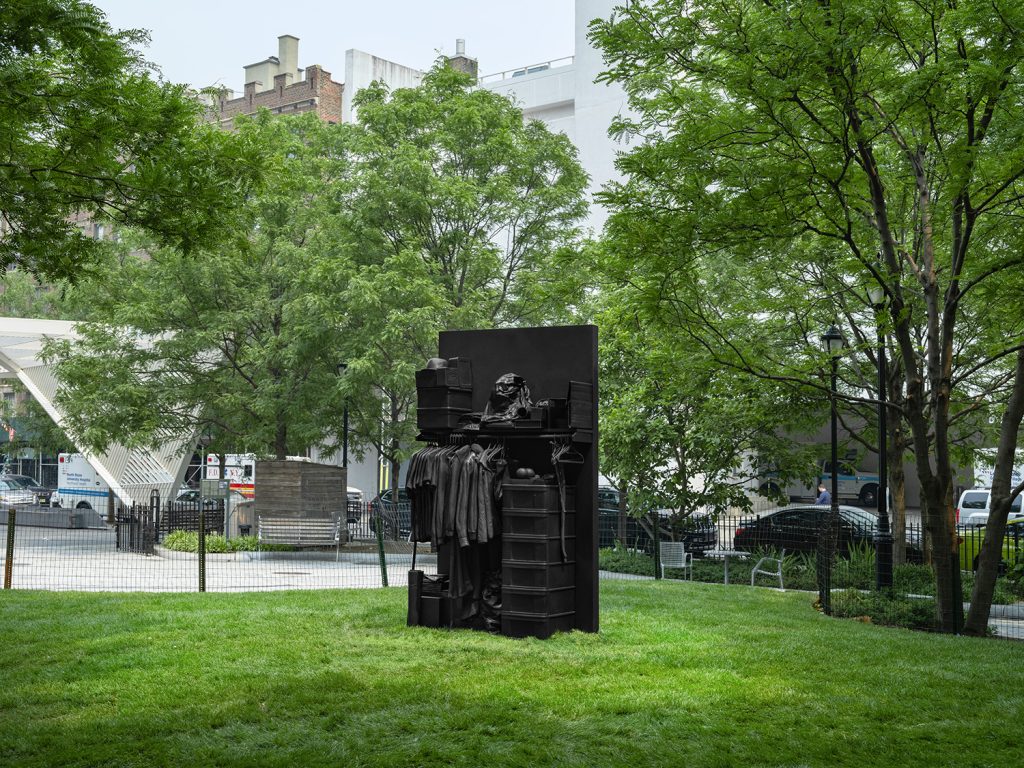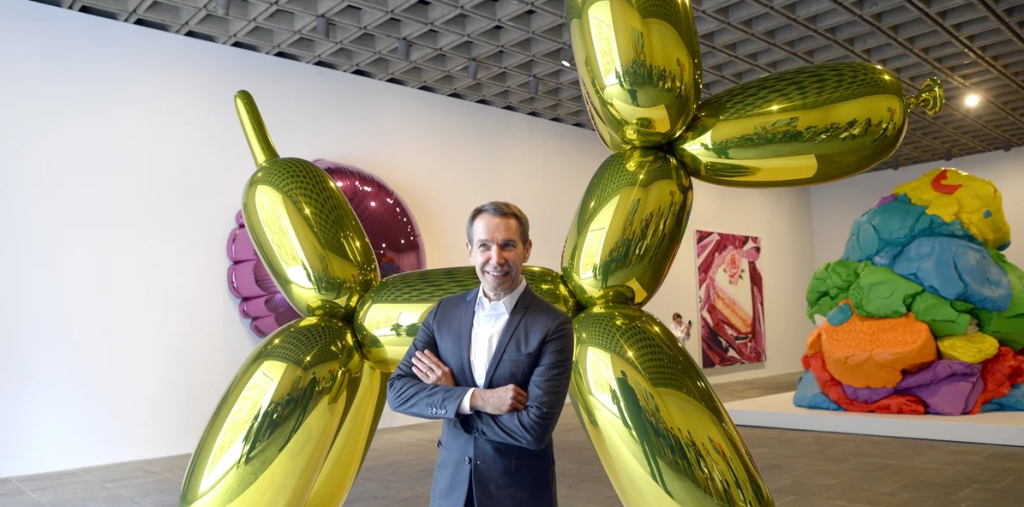Unveiling Emotion: The Artistry Behind Rodin’s Mignon
The world of sculpture has long been a canvas for emotions, expertly expressed through form and texture. One of the most compelling examples of this is Auguste Rodin’s work, Mignon. This captivating piece not only showcases Rodin’s mastery but also invites viewers to explore themes of beauty, love, and longing. Understanding Mignon lends deeper insight into Rodin’s artistic journey and the emotional depth he imbued in his sculptures.
The Emotional Depth of Mignon
At first glance, Mignon draws the viewer in with its delicate features and subtle expressions. Rodin’s attention to detail is not merely technical; it serves to convey a profound emotional narrative. The sculpture captures a moment rich with longing, reminiscent of the character Mignon from Goethe’s “Wilhelm Meister’s Apprenticeship.” This connection to literature adds layers to the work, prompting viewers to reflect on the themes of innocence and unrequited love. With Mignon, Rodin succeeds in transcending mere representation, creating a piece that resonates on an emotional level.
Rodin’s Innovative Techniques
Rodin’s approach to sculpture was revolutionary for his time, and Mignon serves as an exemplary representation of his innovative techniques. Rather than adhering strictly to traditional sculptural forms, he embraced a more organic and fluid style. This is evident in Mignon’s graceful lines and gentle contours, which seem to almost breathe. Rodin expertly manipulated light and shadow, giving the sculpture a lifelike quality. Such techniques not only highlight his skill but also contribute to the emotional depth, allowing the viewer to feel the tension and tenderness of the figure.
The Legacy of Mignon
Mignon represents more than just a moment frozen in time; it encapsulates Rodin’s unique vision and artistic legacy. The work reflects the broader movement of modern sculpture, where emotion and representation began to take precedence over strict adherence to classical forms. Mignon continues to inspire artists and art lovers alike, serving as a testament to the power of emotional expression in art. Its celebration at galleries worldwide reminds us of how art can connect us to our shared human experiences and emotions.
In conclusion, Rodin’s Mignon is not just a beautiful sculpture; it’s a narrative woven through form and feeling. By exploring the emotional depth, innovative techniques, and the lasting legacy of this remarkable piece, we open doors to a deeper appreciation of art. If you’re intrigued by the interplay of emotion and artistry in sculpture, consider visiting a local gallery or exploring more about Rodin’s life and Rodin’s works. There’s always something new to discover!


